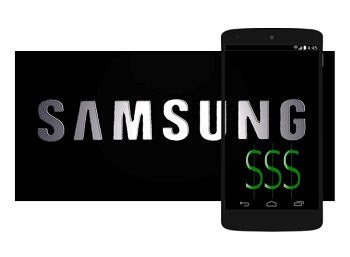BIA/Kelsey research has shown that this one area is taking a considerable share of marketing budgets.
Marketers are increasing their mobile ad spend in very specific areas. New research shows that both sponsored content and native advertising are becoming an increasingly important focus.
This is particularly true since mobile ad blocking has become such a popular practice among consumers.
The BIA/Kelsey chief analyst and vice president of content, Michael Boland, said that “Native social advertising is the big headline of this forecast.” He added that the FAN and news feed add success from Facebook has provided a new perspective on advertising. As a result, “we’ve dialed up native social’s share of the mobile ad revenue pie.”
Trends in mobile ad spend have also shown that Snapchat and Instagram are moving in similar directions. These include changes to boost the attractiveness and impact of native social formats for marketers.
The report also underscores the falling mobile ad spend when it comes to banner advertising methods.
 Even before this report was published, it was clear that banner ads have already fallen out of favor on Facebook. The platform determined that they don’t have very much value when compared to native and video advertising methods.
Even before this report was published, it was clear that banner ads have already fallen out of favor on Facebook. The platform determined that they don’t have very much value when compared to native and video advertising methods.
Boland also explained that the growing use of ad blockers has only accelerated the mobile marketing industry’s trends. As a whole, mobile advertising is moving away from banners and toward material that is immune to blockers. This primarily includes content marketing.
Boland stated that the millennial generation is also being taken into account. For them mobile ad spend on native social ads is more important than any other adult generation. Therefore, marketers grabbed hold of this style and use it to take aim at this extremely important demographic.
This shift is clearly visible through Snapchat. That platform is exceptionally popular among the younger generations. It recently made some marketer-friendly changes. Among those changes include the automated application programming interface (API) designed for its ad partners. With rapid growth in its user base and great engagement metrics, Snapchat uses native advertising over any other method. It is completely free of banner ads and while this may seem limiting, it has been vital for user trust.

 This has made Australia the fifth market to be able to use Samsung Pay. Before Australia, the countries using this mobile app have been: Korea, the United States, China and Spain. That said, Singapore followed closely on its heels, having launched only days later.
This has made Australia the fifth market to be able to use Samsung Pay. Before Australia, the countries using this mobile app have been: Korea, the United States, China and Spain. That said, Singapore followed closely on its heels, having launched only days later.